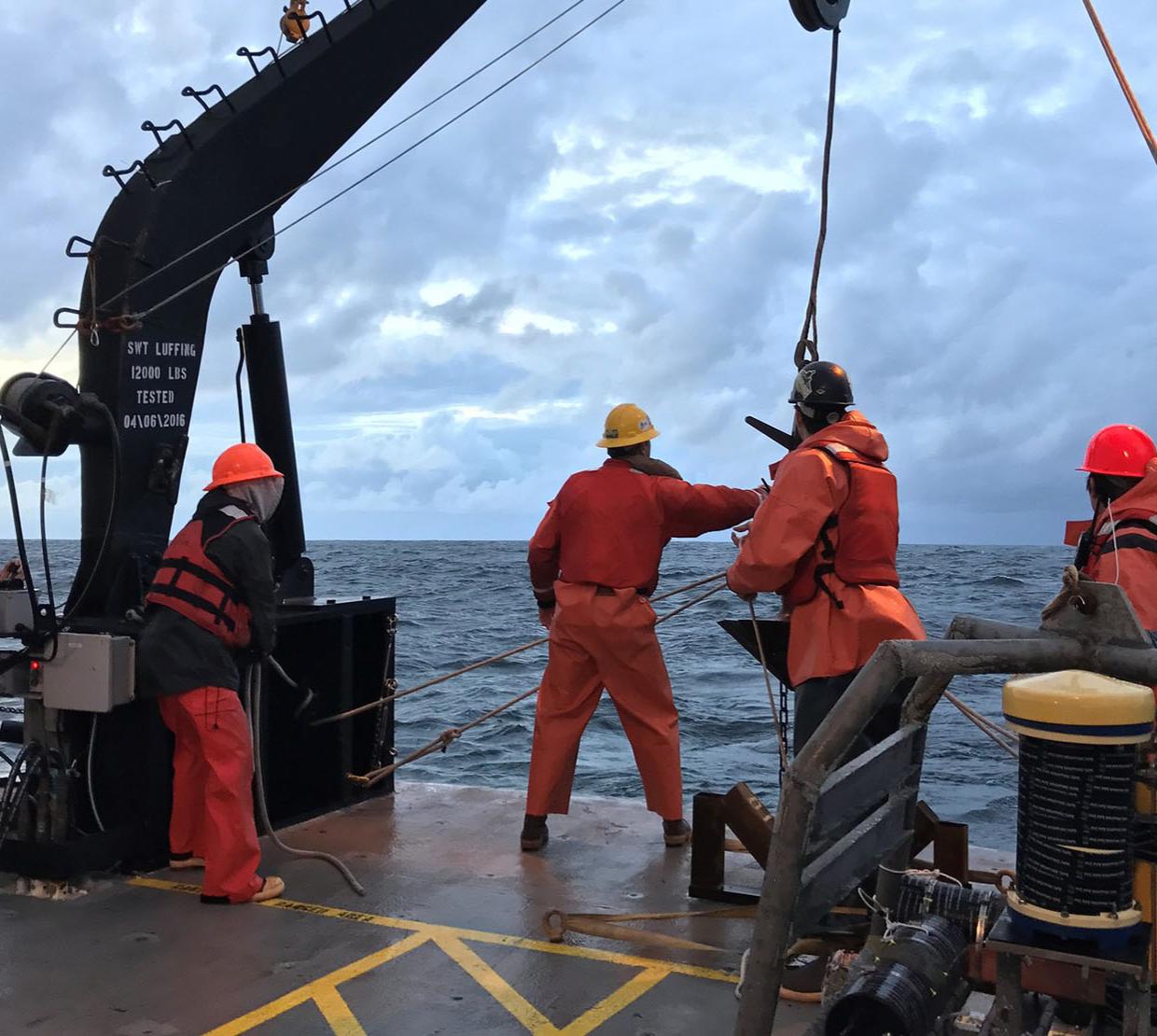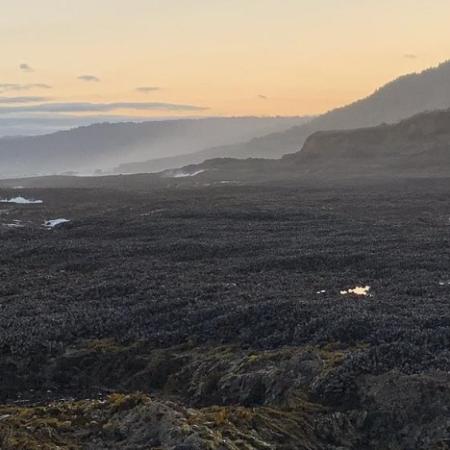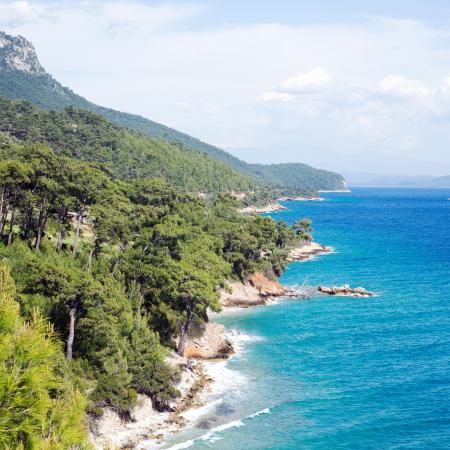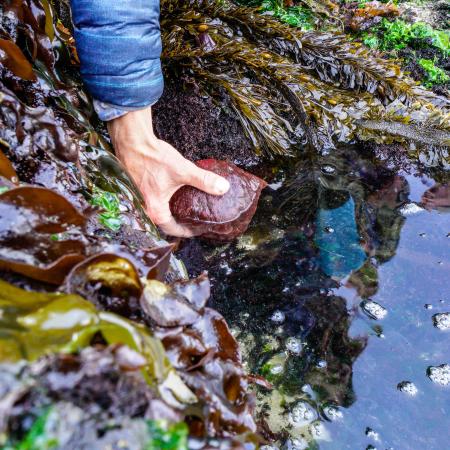Rather than ocean oxygen levels improving as they usually do this time of year, hypoxia off the Pacific Northwest coast is as bad as it’s been at any point in 2021, according to collaborative research by Oregon State University, the Oregon Department of Fish & Wildlife and Oregon’s crabbing industry.
The Northwest for two decades has had a “hypoxia season” that begins in mid-summer, said OSU marine ecologist and associate professor of integrative biology Francis Chan, and climate change is making those low-oxygen seasons worse. When oxygen levels drop significantly, many marine organisms that are place-bound or cannot relocate quickly enough, such as Dungeness crabs, die of oxygen starvation.
“Back in April, we predicted it would be a bad hypoxia year because of the weather, and it’s turned out to be a really bad year,” Chan said. “Oxygen levels got very low, very early, and the worst is not over. On Aug. 31, it was as close to zero as we’d seen this year. Now we’re in September, at a time when we thought oxygen would have been rising for a while, and it’s just this endless summer, but in a bad way.”
While Chan was at sea making measurements off the central Oregon coast in late August, oceanographer Jack Barth from OSU’s College of Earth, Ocean, and Atmospheric Sciences and co-principal investigator with Chan in the Partnership for Interdisciplinary Studies of Coastal Oceans, was off the central Washington coast tracking subsurface dissolved oxygen with an autonomous underwater glider.
These glider measurements, with observations from the National Oceanic and Atmospheric Administration-funded Northwest Association of Networked Ocean Observing Systems, show that very low oxygen levels also extend into Washington waters.
Read complete article: beav.es/UUU




